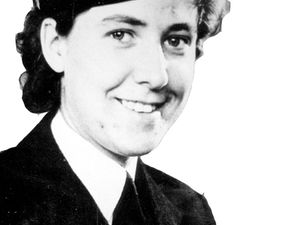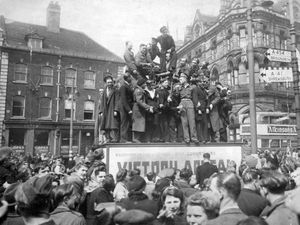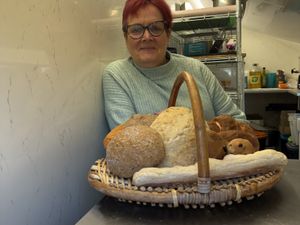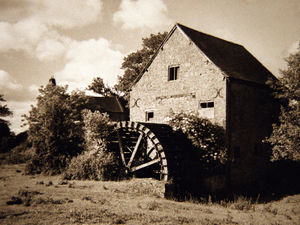Spotlight on Black Country's mechanical marvels
And here they are – some of the best of the Black Country.
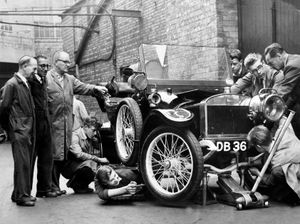
We're harking back to the days when the area had a host of independent motor manufacturers, now largely forgotten except among the circles of enthusiasts.
At one time more cars were being made in Wolverhampton than anywhere else in the country.
Back then every journey was an adventure, creature comforts were few, and some mechanical skill – or in the really early days, a chauffeur – could be handy, as arrival was not guaranteed.
The speed limit was just 20mph throughout the 1920s, but by then cars' performance had improved by so much that the law was widely disobeyed.
Today those mechanical marvels which are left survive because they have been lovingly cared for, preserved, or restored, and working examples are a chugging evocation of times of which there are few, if any, living memories.
And of course you can still admire some motors manufactured in the Black Country at the Black Country Living Museum.
Here are some of the big, and not so big, names of the era.
............
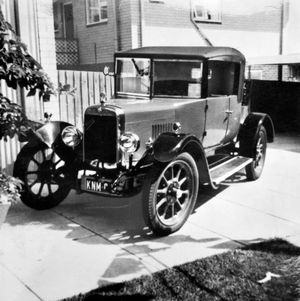
STAR
Frederick Street, later Showell Lane, Bushbury
Naturally, with a name like Star it's going to be something that's the pride of Wolverhampton. Founded in 1898, it was one of the oldest motor manufacturers in the world, and in 1914 was one of England's "Big Six" car makers. A pioneer too, in moving the gear stick from outside the vehicle to the centre of the chassis, where it remains today. Its cars were well made, but pricey. In the firm's 34-year existence, around 15,000 vehicles were produced. Losing money on every sale spelt doom and the receivers were call in in March 1932.
FEATURED CAR: A 1924 12-24 coupe which was particularly well travelled, as at the time of our 1971 picture it was in Australia and had been restored by its owner Graeme Birkett, of Ballarat North, Victoria. Mr Birkett reported: "The car runs very well and has reasonably good top gear performance."
..................
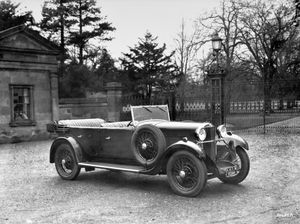
SUNBEAM
Moorfield Works, Upper Villiers Street, Wolverhampton
Sunbeam brought lustre and glory to Wolverhampton. Apart from the day job business of building cars, the firm distinguished itself on the racing scene where it scored some spectacular successes, and brought back a world land speed record. Superb sporting and touring cars of the 1920s were followed by top quality models in the early 1930s which rivalled the very best. Rootes bought the company in 1935 and car production ended, although Rootes revived the Sunbeam name to use on cars from 1953 to 1968.
FEATURED CAR: It's a car with a story behind it, although we don't know what the story is. Our photo, which we think is from 1932 or thereabouts, is of a "16hp Sunbeam Tourer for Maharaja of Kedah, Wolverhampton Park..." The location is perhaps, then, West Park. As for Kedah, it's a state in Malaysia.
...........
TURNER
Walsall Street, and later Lever Street, Wolverhampton
Made Belgian Miesse steam cars under licence from 1902 to 1906, and then its own steam cars until 1913. From 1906 the firm started building its own petrol-engined cars at the Wulfruna Works in Lever Street. Car production ended in 1928, after which the firm produced components. The firm's speciality after the Second World War became truck gearboxes.
FEATURED CAR: A 1910 Turner – one of the company's first petrol-powered cars – being checked over in 1961 at what had become Turner Manufacturing Co Ltd. The Turner apprentices are being watched by three Turner employees who worked on the car 50 years previously. They are, on the left of the car, W Chatfield, B Kindon, and W Willis, and on the extreme right is the company's technical representative, A Starkey, a nephew of the works manager of 50 years previously, with his son, C Starkey.
...................
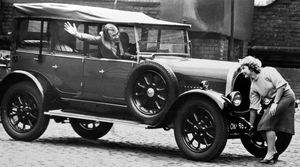
BEAN
Hall Street, Dudley, and Hurst Lane, Tipton
The firm, with the Bean family at its heart, had ambitious plans to be the Ford of Britain in the aftermath of the Great War. Albeit on a smaller scale, it emulated Ford's mass production methods, with the electrically-driven assembly lines at its Tipton plant moving forward at 12 inches a minute. But it all went wrong. Financial disarray was followed by a revival, with a range of models produced during the 1920s. However towards the end of the decade it turned out some rubbish cars which saw the marque's reputation nosedive. The effect was terminal, with car production ending in 1929.
FEATURED CAR: A 1925 Bean Long 14 seen in 1983 after restoration by Beans Engineering apprentices and retired supervisor Arthur Thomas. It was about to be presented to the Black Country Museum. Beans Engineering training officer Ernie Cole waves as typist Irene Dickens, from Sedgley, starts the car.
...........
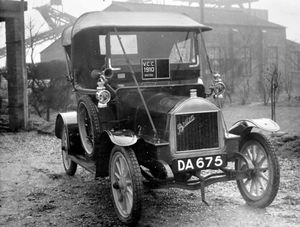
BRITON
Stewart Street, later Lower Walsall Street, Wolverhampton.
Briton was a sort of offshoot of Star and specialised in the years before the Great War in light, high quality cars. After the war Briton, which was producing low volumes, hit the financial rocks and collapsed. In 1922 Charles Weight took over Briton, moving it half a mile to Chillington Fields and restarted production, which ran to about 600 further cars before manufacture ended in 1929.
FEATURED CAR: A 1910 10 horsepower "Little Briton." Although the photo from our archive has no location or date, the plate of the Veteran Car Club on the windscreen means it must be later than 1930, which is when the VCC was founded. This car, DA 675, survives to this day.
...................
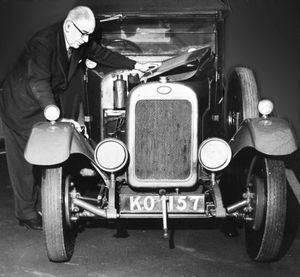
CLYNO
Pelham Street, later Bushbury, Wolverhampton
A motorcycle firm which became the third largest car manufacturer in Britain in its heyday, after Austin and Morris. The works operated both day and night to produce 350 cars a week. They built a new factory in Bushbury in 1927, but their low profit margin spelled trouble, and in February 1929 the receivers moved in after something like 40,000 cars had been sold.
FEATURED CAR: A 1927 10.8hp two-seater with a Coventry Climax engine, being admired in 1959 by former Clyno worker John Lloyd-Davies. Its red colour would have been unfamiliar – its original colour was grey.
............
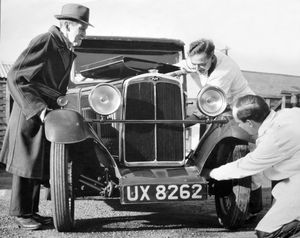
AJS
Lower Walsall Street, Wolverhampton
Albert John ("Jack") Stevens, since you ask. And yes, it's true, AJS made cars as well as motorcycles.
After making a handful of cars in 1923 the firm went into car manufacture more meaningfully in 1929 with the AJS 9hp which was conventional and rather expensive, and had a motorcycle-style throttle. It was nevertheless popular but the arrival of the Great Depression had a devastating effect and in 1931 the company closed, although all creditors were paid up.
FEATURED CAR: Dating from 1931, this AJS must have been one of the last produced. It was owned by Mr F Blakeley and is seen being checked over at Wellington in 1960.
..............
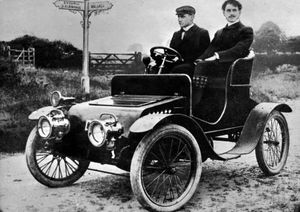
CARVER
Eldon Street, Walsall
A bit of a curved ball this one. Carver's specialised in making horse whips. But David Carver had an interest in engineering and in 1902 designed and built a car, including the engine. Just one. We like the picture though. Carver's moved to Brownhills in 1967.
FEATURED CAR: The Carver Car at the bottom of The Three Crowns Hill, Sutton Road, Walsall, in 1904. David Carver is at the wheel accompanied by brother Ernest. It was a single-cylinder model with a mechanically-operated inlet valve, an innovation in those days. When driving he found that tyre wear was excessive and later reduced it to a three-wheeler. It seems to have been scrapped about 1907.

